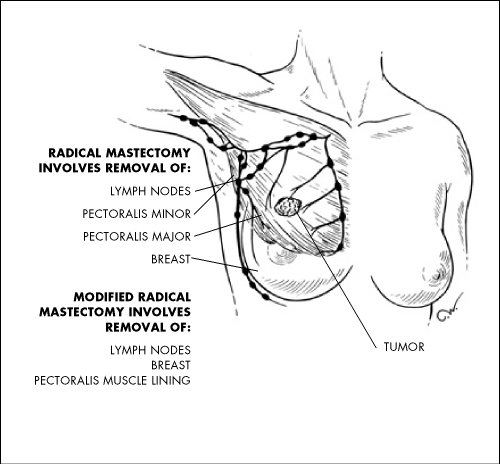 The fact pattern is not complex: A 32-year-old single woman had a mastectomy. But she didn’t have cancer. The modified radical mastectomy was unnecessary. A Bronx jury found malpractice and awarded her $3 million for past pain and suffering and $3.5 million for future pain and suffering extending over 41.9 years. The trial judge then directed a new trial as to damages unless the plaintiff stipulated to a reduced total award of $1 million.
The fact pattern is not complex: A 32-year-old single woman had a mastectomy. But she didn’t have cancer. The modified radical mastectomy was unnecessary. A Bronx jury found malpractice and awarded her $3 million for past pain and suffering and $3.5 million for future pain and suffering extending over 41.9 years. The trial judge then directed a new trial as to damages unless the plaintiff stipulated to a reduced total award of $1 million.
The legal arguments are not about the issues of liability here in Williams v. New York City Health & Hospitals Corporation, but as to what is considered an excessive verdict.
Up the case went to the Appellate Division, First Department (which, for out-of-towners, sits in Manhattan). And a divided panel agreed with the trial judge and set the limit for such a case at $1M. There was a furious dissent by Judge James Catterson, who agreed that while the verdict was excessive, also believed that the $1 million award substantially undervalued the emotional trauma of such an incident to a 32-year-old single woman.
Why the dispute? Because in the words of the majority:
The dissent’s suggestion that plaintiff must have suffered extreme emotional distress is not supported by the record.
Not supported by the record? There was no question that the woman lost her breast unnecessarily. The jury saw photographs. Some injuries are abundantly obvious. And yet, the majority simply accepted the defendants’ argument that there is no proof of future pain and suffering because the plaintiff did not testify extensively about her emotional distress. In other words, if you don’t state the obvious, the court will toss your verdict.
According to Judge Catterson, as the majority tried to compare this case with another verdict:
The defendants appear to believe that because the plaintiff in this case was not able to articulate a similar experience of shame, embarrassment and humiliation, she therefore does not suffer such emotional distress. The defendants appear not to have heard the oft-quoted phrase “a picture is worth a thousand words.”
Moreover, the majority’s view that the plaintiff’s extreme emotional distress is not supported by the record clearly indicates that the majority has not viewed the photos in the record. Given the post-operative photos of the plaintiff, I believe any testimony by the plaintiff as to distress, for example, over not being able to wear a bathing suit; or of her fears of never finding someone to love or desire her would be simply superfluous, if not overkill.
New York, contrary to popular belief, has a means of reducing excess verdicts (and similarly raising up excessively low ones). But it isn’t the one-size-figs-all approach that tort “reformers” want in order to protect the wrongdoers. (See: How New York Caps Personal Injury Damages) And in this case, we see the application of that procedure.
Since this appellate decision had two dissenting voices, the plaintiffs may appeal as of right to New York’s high court, which is what I would expect since they have much to gain and nothing to lose.
More on this case from John Hochfelder (from whom I swiped the breast image above). He does an analysis of the “similar” cases that the majority and dissent relied upon, and also adds inside info that he got from calling the lawyers involved.

How truly terrible it is that the trial judge and appellate division reduced the jury award as they did. It is really unthinkable that they could not only overrule the decision of the jury, which sat through the case and heard all the testimony, but limiting the award as it did, it really is an insult to this woman. Losing a breast for a 32-year old woman is such a traumatic event. The courts should have realized that, and importantly, had compassion…..
Eric, how common is it in NY for the trial judge to substitute his own judgment for that of the collective wisdom of the twelve jurors? Talk about “activist judges,” this is about as activist as it gets!